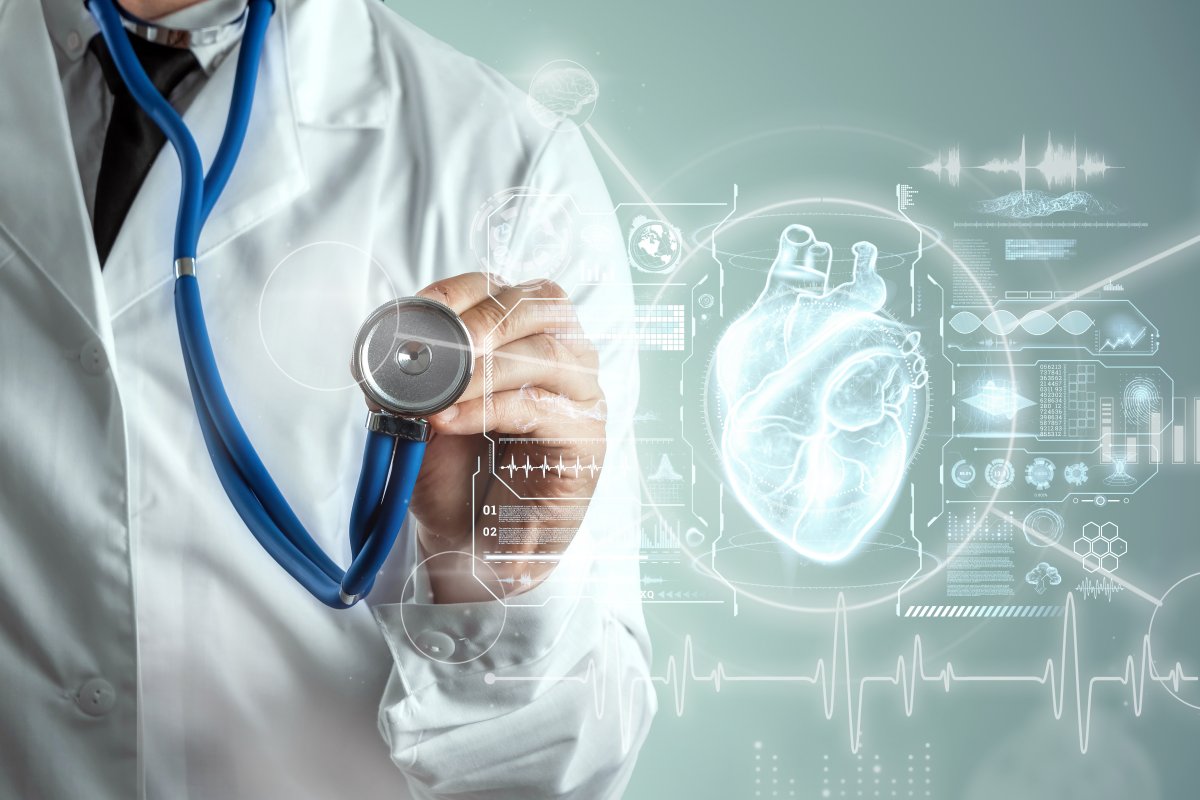More patients than expected are receiving resuscitation with
Patients experience more of being resuscitated from cardiac arrest than doctors previously thought. According to the new US-British study AWARE II, four out of ten affected persons had conscious perceptions during resuscitation, even if this was not externally recognizable (only the preliminary copy is freely available). They felt pressure and pain, heard voices, reported dream-like, sometimes mystical experiences and near-death experiences. Her brain showed almost normal activity.
Advertisement
Until now, doctors assumed that patients would not notice the sometimes painful rescue measures such as cardiac massage, artificial respiration and electric shocks to restart the heart. Eventually, those affected are unconscious, their heart is not beating and they are not breathing. As a result, no blood is pumped through your body and no more oxygen is distributed in the tissues. According to conventional wisdom, the brain should hardly be active and the perception of pain should be switched off.
When to give pain relievers during chest compressions
For this reason, patients are not given any sedatives or painkillers for resuscitation. Only about 1 percent of the time, if they move, struggle, and moan during resuscitation, they are considered conscious and are sedated with the drugs. The results of the new study, published in the journal Resuscitation, now suggest far more patients have forms of consciousness than previously thought.
The researchers led by first author Sam Parnia from the Grossman School of Medicine at New York University examined a total of 567 patients who suffered cardiac arrest in the hospital and had to be resuscitated. In order to find out whether they had heard anything during the procedure, the scientists did not only rely on an oral questioning of the survivors. They also tested whether they could remember three words played repeatedly through headphones: apple, pear, banana.
In the case of near-death experiences with the sensation of floating above one’s body, the researchers also wanted to find out if the patients could look down in this floating state. To do this, they each mounted a tablet over the subject’s head, with the screen facing up and showing changing images. From this perspective, only the “floating” patient could see the images.
However, the researchers were only able to ask a few patients about their experiences, since resuscitation was only successful in 53 patients (9.3 percent). Of these, only 28 felt well enough to be interviewed. Eleven of the 28 survivors (39 percent) reported various sensations or memories indicative of awareness.
Advertisement
Electrodes, pain and pressure
For example, two patients described the effects of resuscitation. They might have felt the pads, pain, pressure, or the up and down movement of chest compressions, heard the doctors talking around them, or seen someone in surgical scrubs. Two other victims were informed of the subsequent care in the intensive care unit. Three patients recalled dreams involving things such as rainbows, fish, or humanoid creatures.
Only one patient was able to correctly name the three types of fruit played. Nobody had seen the screen and its contents.
Six of the 28 patients had a near-death experience that differed from dreams by some arc of action. For example, some felt out of body and thought they had died. Sometimes they heard voices, such as that of the deceased grandmother, who said, “You have to go back”. Some felt as if they were on their way to a goal or experienced a conscious evaluation of their lives. Also, it felt like they were returning to a familiar place until they finally decided to come back.
The fact that conscious sensations occur during resuscitation could be due to the fact that the brain is being supplied with blood again, Charles Deakin from the British University Hospital Southampton told the “New Scientist”. The study leader suspects that blood flow may have been lower in patients who did not survive.
The authors conclude from the results that not the 1% of cardiac arrest patients who also show outward signs of awareness have conscious perceptions, but in fact about 7% of them. This suggests that one learns to identify such patients with the help of electrical brain activity (EEG), for example, in order to be able to sedate them in a targeted manner. Other research groups had also noticed that the brain shows signs of conscious processes after life-threatening crises such as a heart attack, where reduced blood flow can also occur.
Influence of sedation on chances of survival
In view of the AWARE II results, some experts wonder whether sedation would not be important in some cases despite the lack of external signs – also to minimize psychological after-effects of resuscitation such as post-traumatic stress disorder. However, it must be clarified whether this can have a negative impact on the chances of survival.
If the heart stops, the chance of survival decreases with every passing minute. The brain is particularly sensitive to the lack of oxygen caused by the lack of blood flow in the tissues. “In the first minute without circulation, nerve cells die in the brain and the chance of surviving without neurological deficits decreases exponentially,” said Sabina Hunziker, a doctor specializing in internal and intensive care medicine and deputy chief physician for psychosomatics and medical communication at the University of Basel and the University Hospital Basel, recently the university news.
It is therefore also important to better inform patients about the low chances of survival and the high risk of neurological damage, says Hunziker. Many felt their chances of making a full recovery were 40 to 60 percent. She and her team found this out in a study. In fact, it is only 10 percent when the cardiac arrest occurs outside of a hospital and 20 percent when it occurs in the hospital.
(vs.)
To home page
